Portland Art Museum
Portland, OR
2015
The Artisan's Cup
The Artisan’s Cup was an overt effort to enlighten a North American audience as to bonsai’s capacity for artful connection, a medium with which to express idiosyncratic relationships with the natural world.
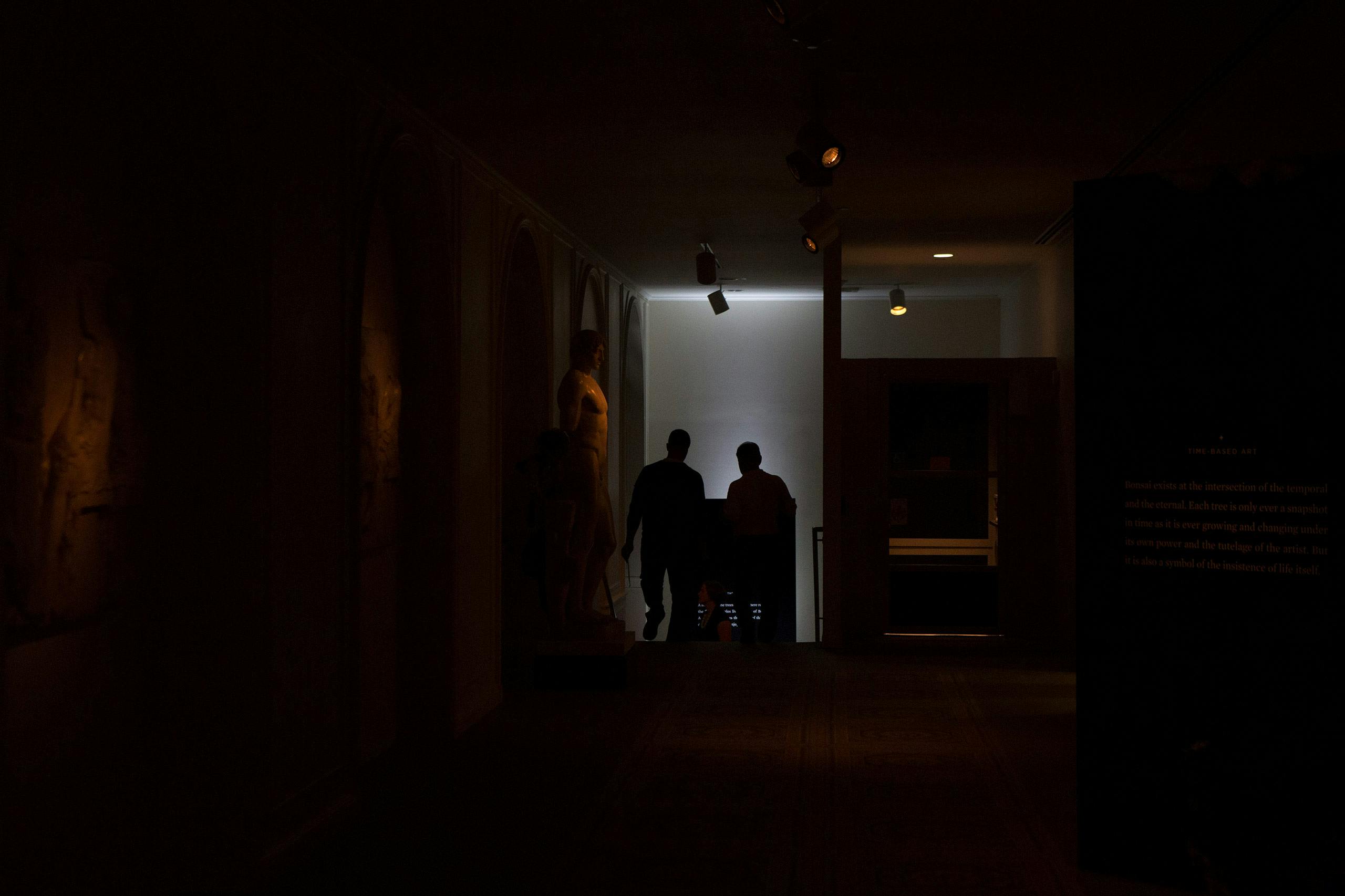
"Forests ignite a certain bewilderment in us...This exhibition was meant to embody these raw undertones in an abstracted context."
Held at the Portland Art Museum, the general magnitude — the level of artistic consideration and focus on the physical context — was a first for the Western bonsai community.
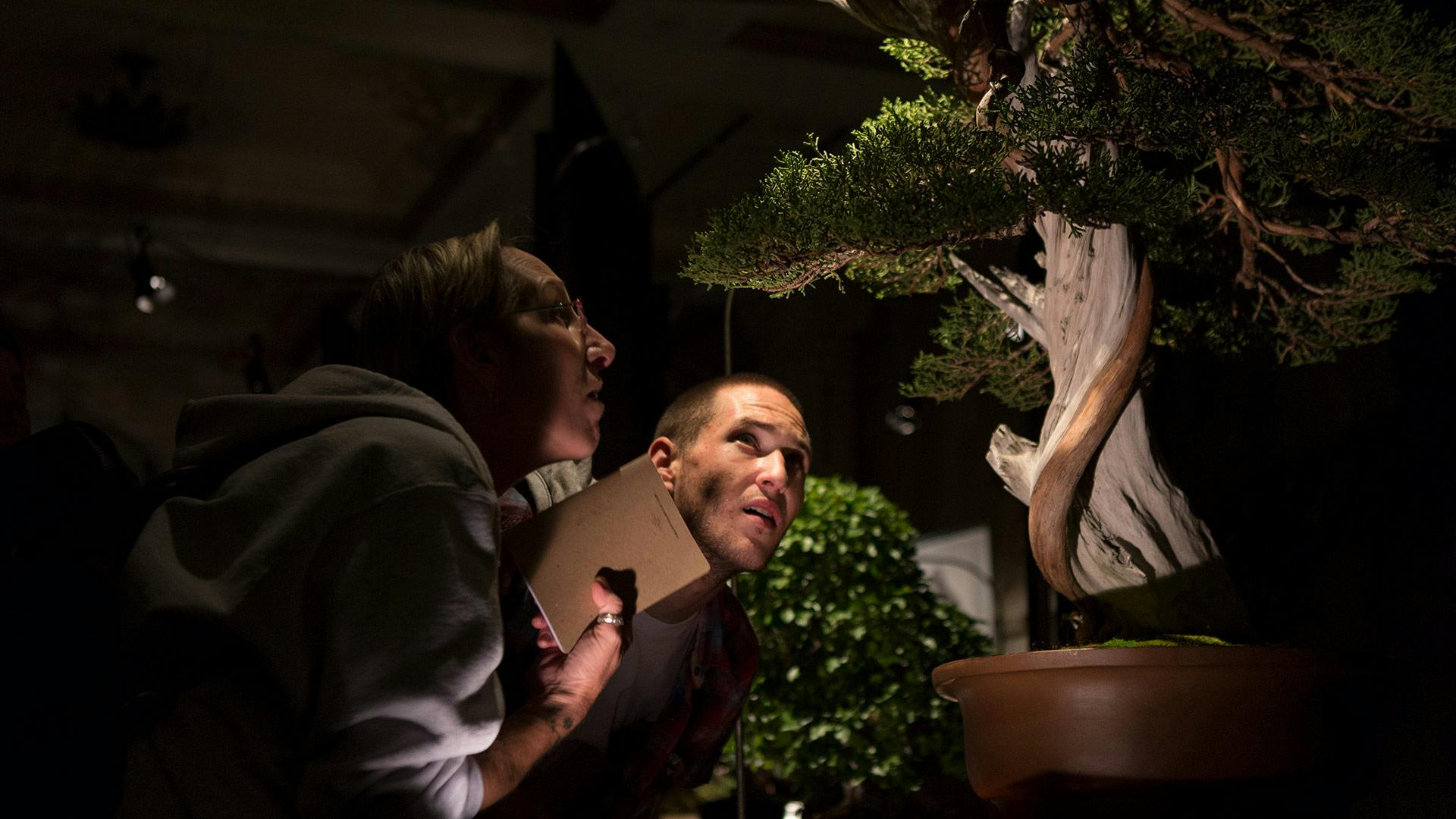
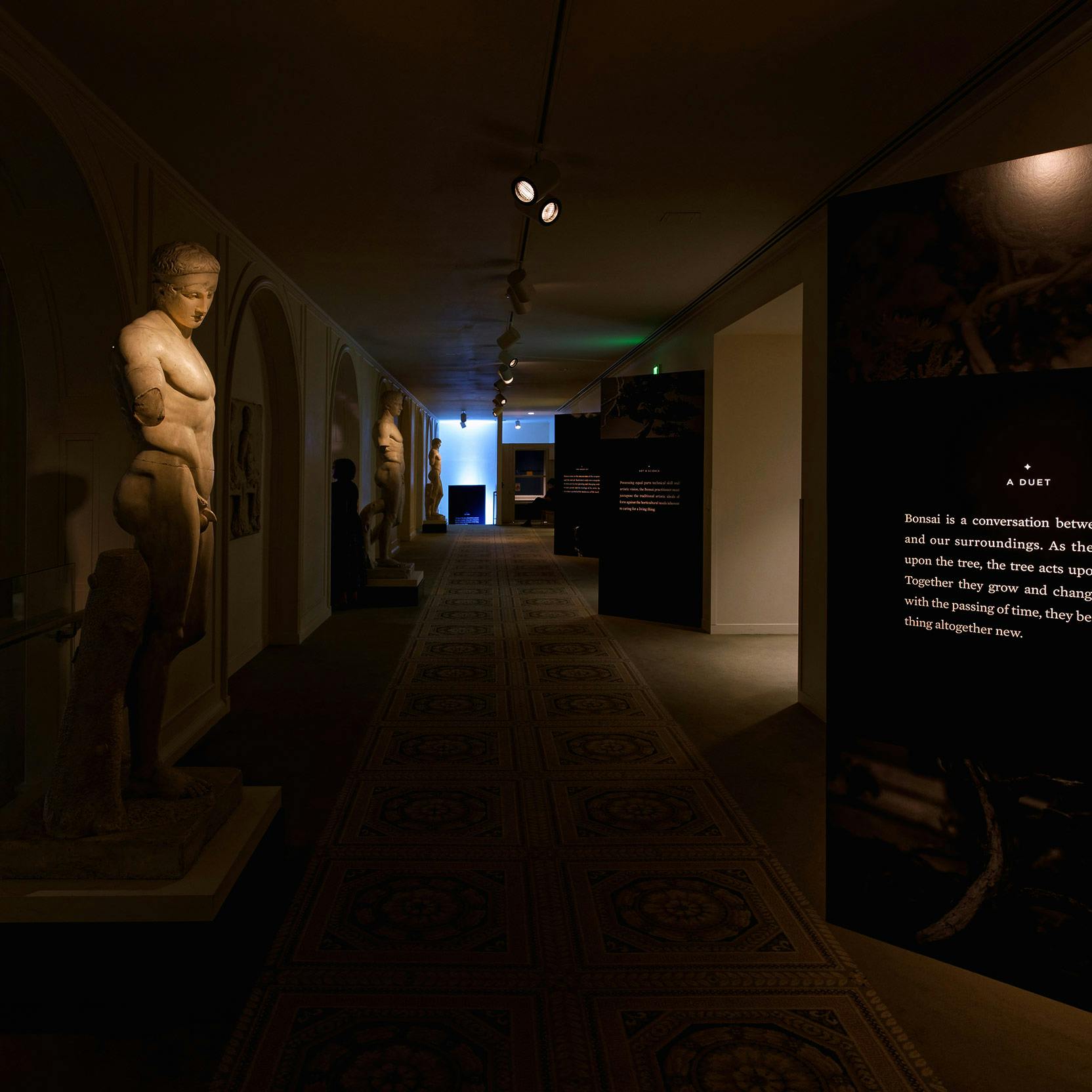
This exhibition germinated from an idea: to capture all the forests of North America — the unique species, landscapes, and ecosystems — and meld them into one immersive, conceptual experience. How to unify a vast, diverse continent with the most ancient, massive and tallest trees on the planet.

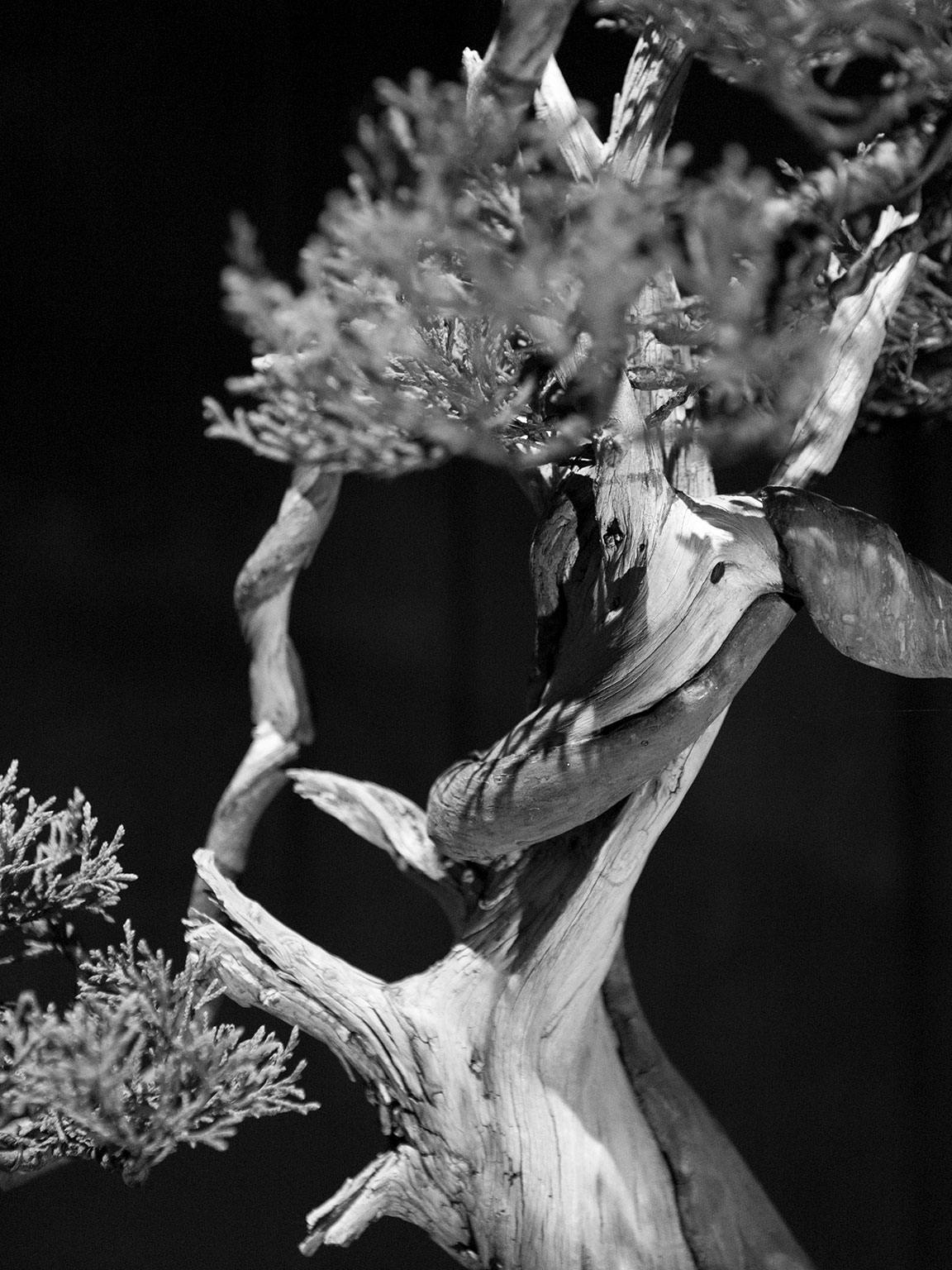
From the seasonal deciduous forests of the East to the steadfast conifers of the West, common threads were drawn to simulate the broader feeling one has when walking through these environments.
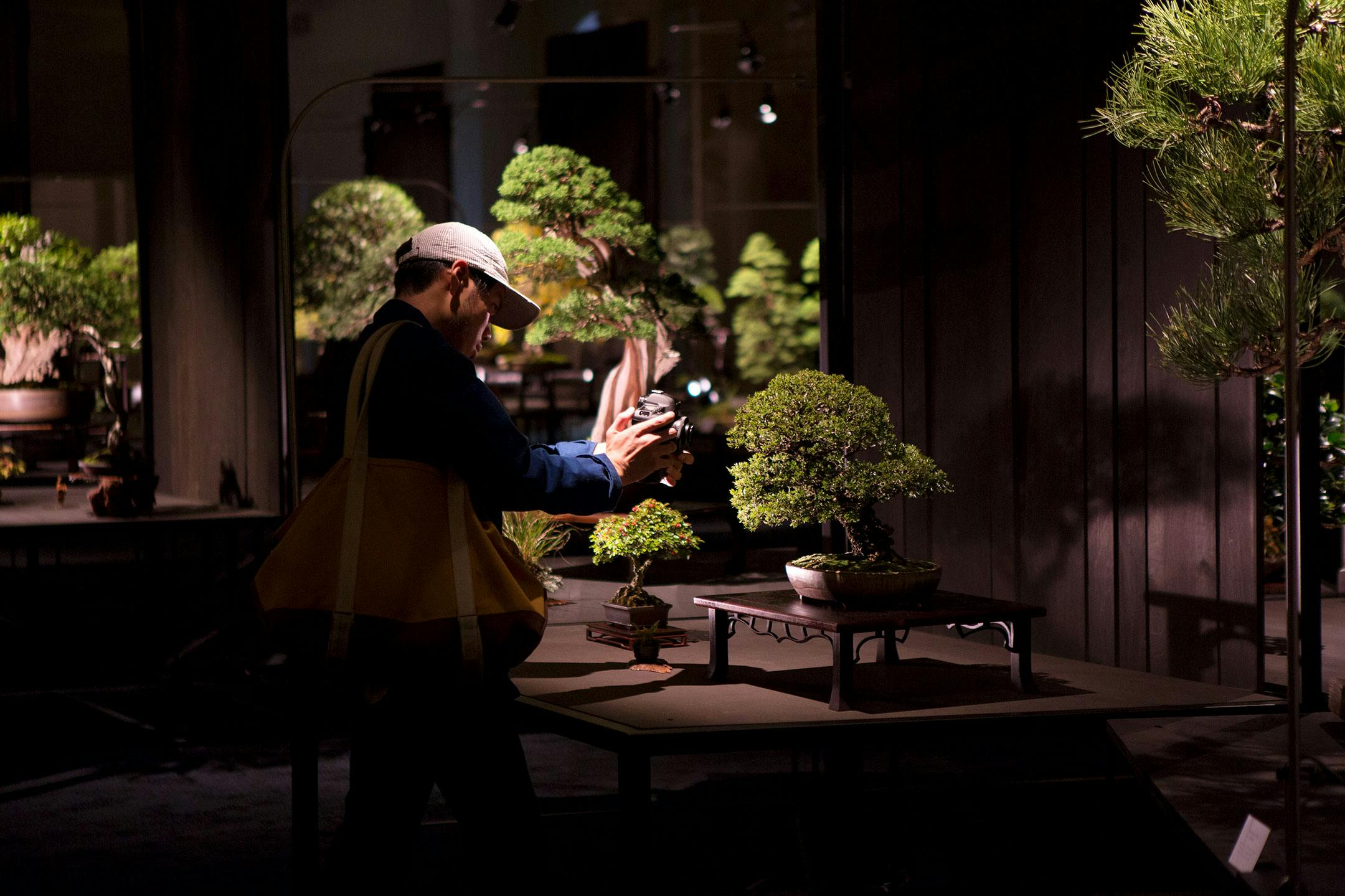
Forests ignite a certain bewilderment in us. They expose sensuous layers and textures — a familiar biotic hum. The Artisan's Cup was meant to embody these raw undertones in an abstracted context.
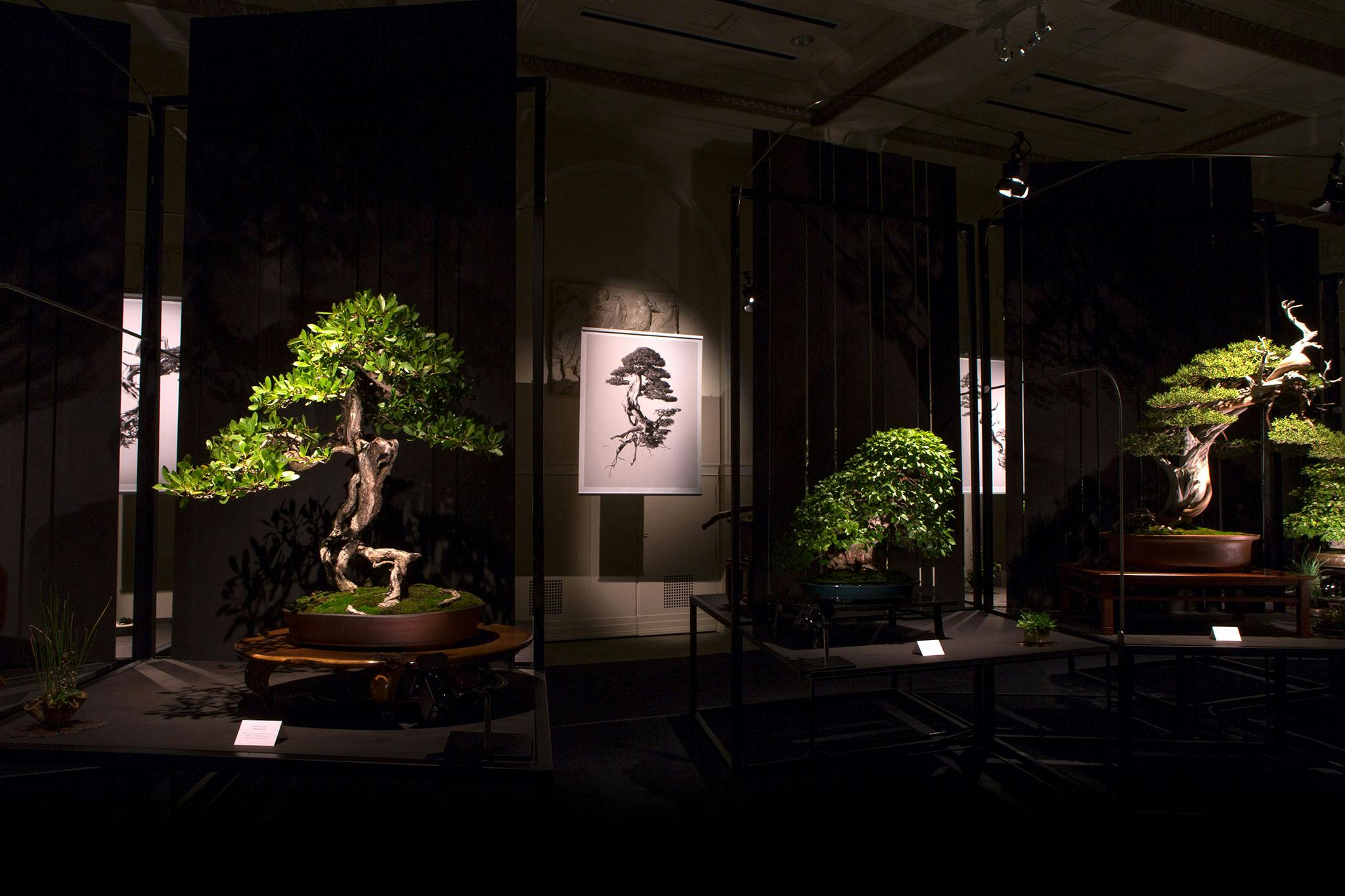
In partnering with renowned architectural firm, Skylab, the goal was to reinterpret the North American forest into an architectural form. The structure and flow of the event focused on a particular feeling: walking through a forest while rays of sun puncture the canopy and networks of trees align through prismatic vantage points. With this in mind, Skylab designed the structures that would not only hold the trees, but lead viewers through the show.
"Capture all the forests of North America...and meld them into one immersive, conceptual experience."
It was a challenging design problem — the structures had be supportive, holding some trees in the hundreds of pounds, but also feel visually light and effortless. The flow of the show needed to be intuitive, with enough space to handle a crowd, while also providing those opportunities for intimacy.

Line was the gestalt binding to the physical pieces and ambient parts of this exhibition: thin lines to visually lighten the bases of stands, vertical lines to carry the eye upward. Diagonal cut slats isolated individual specimens, while also unifying the entire ‘forest’ through wavering depths of field.

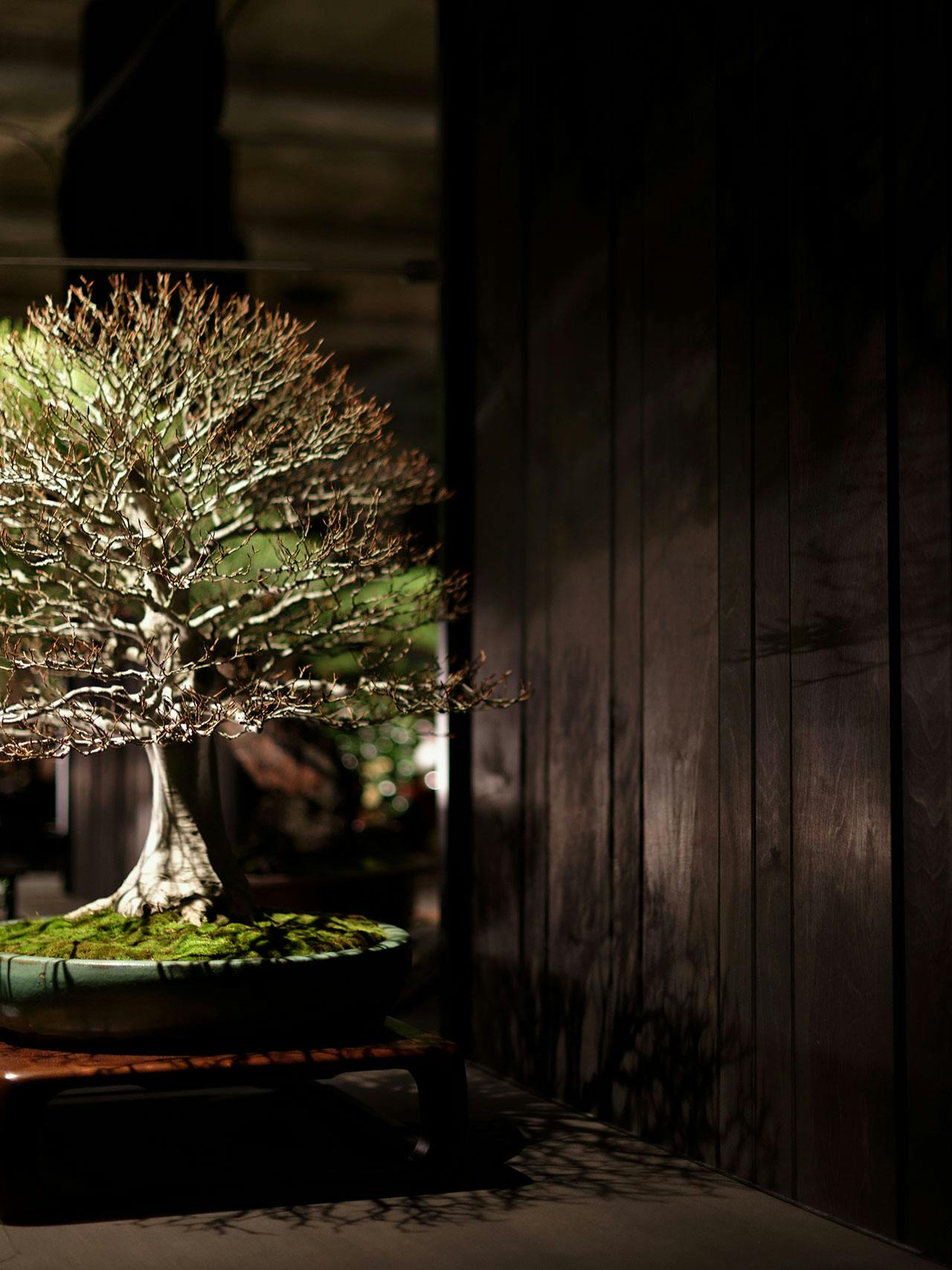

The closing statement to the show was a very special composition — an engelmann spruce planted on a massive piece of juniper deadwood. It is violent and surprising, avant-garde to say the least. Instead of referencing the ground or land in the container, using this wild, sweeping deadwood represented the element that carved this form in its tortured, high-alpine environment — wind.
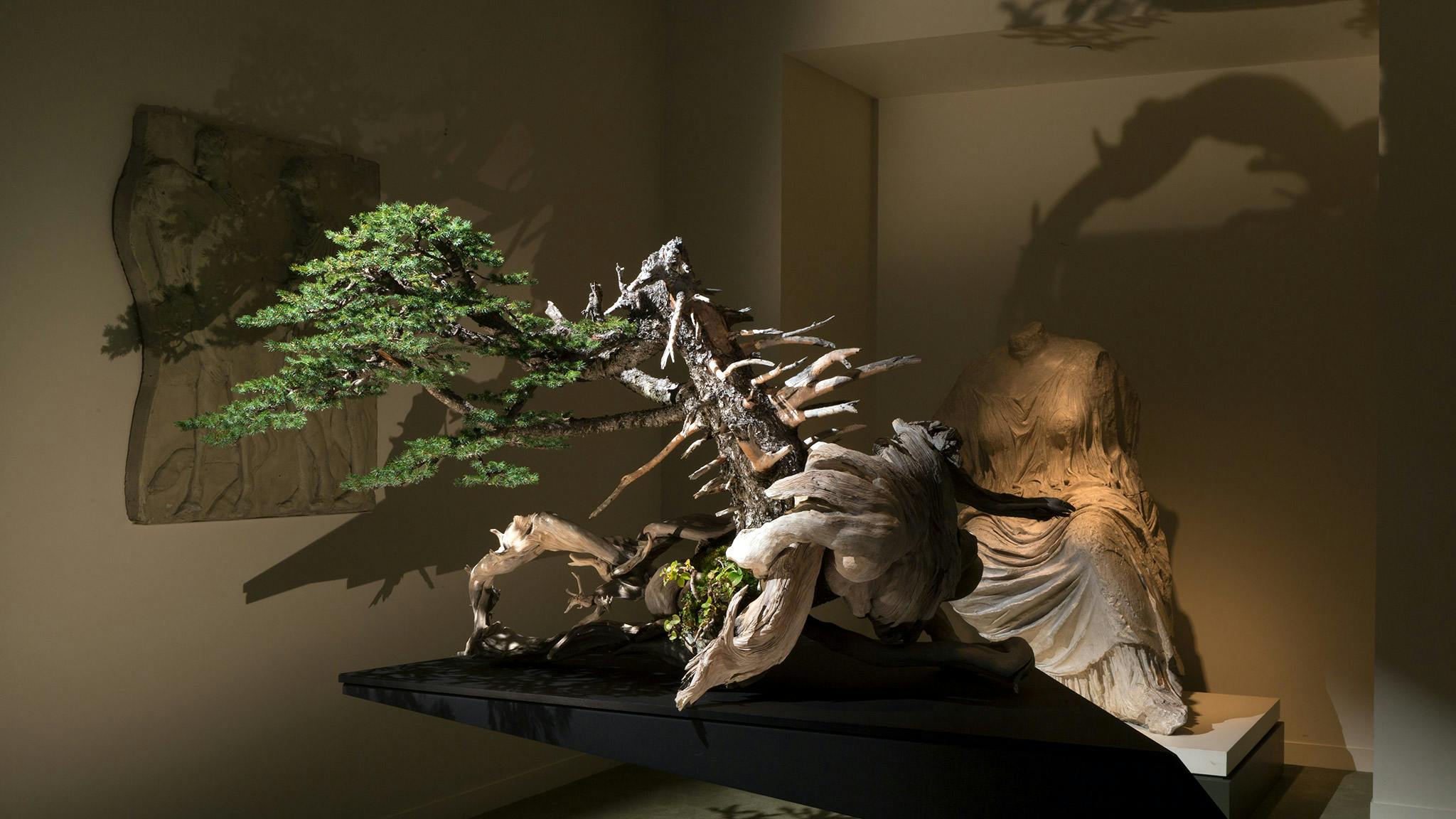
"This show was just the beginning; there’s still so much to explore."
This composition served as a final offering, to contemplate the potential reach of this artform and communicate that this show was just the beginning; there’s still so much to explore.


"It was an overt effort to enlighten a North American audience as to bonsai’s capacity for artful connection."
So much of this exhibition was about collaboration. It called together artists, creators, and masters in various fields to work on a their unique interpretation of this living medium.
Along with Skylab, this exhibition was worked on by photographers Chris Hornbecker and Arthur Hitchcock, filmmaker Ryan Bush, writer Trevor Orton, and designer Vanessa Despain; everyone brought the elements of this show to life.







